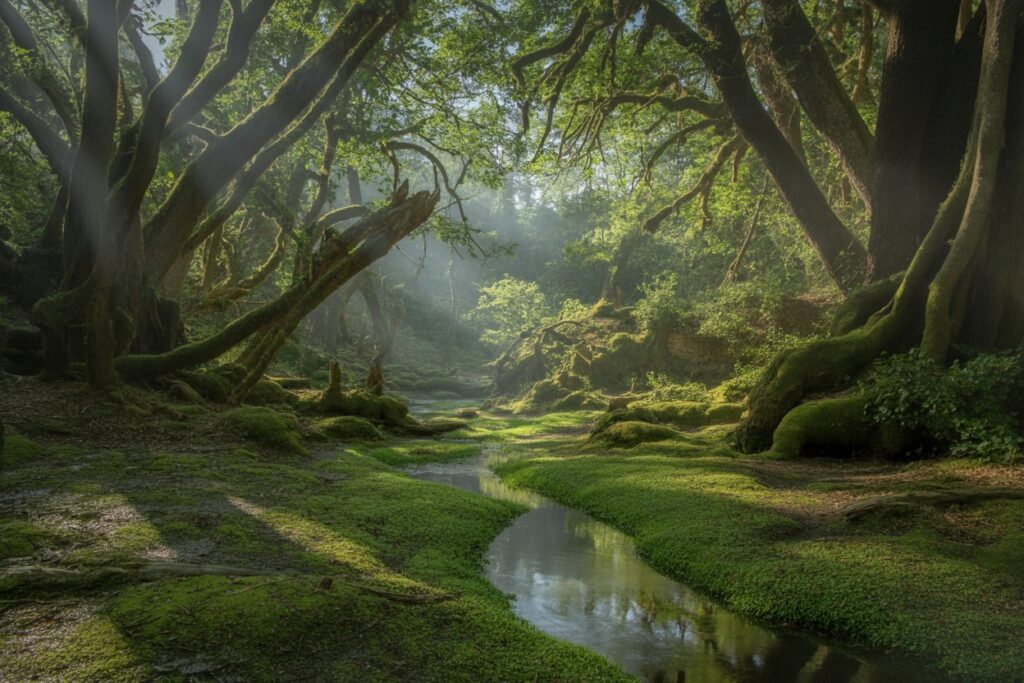Gold and diamonds are cool, but the real flex in 2025? Owning materials so rare most people don’t even know they exist. Exotic marbles, rare woods, and stones sourced from remote corners of the planet are quietly becoming the centerpiece of modern luxury. It’s not just about what something looks like—it’s about where it came from, how hard it is to get, and how casually you can mention it at dinner parties.
Why Rare Materials Are Suddenly Everywhere
High-end design is shifting from flashy logos to materials that speak for themselves. It’s about surfaces, textures, and origins that feel exclusive without screaming for attention. Rare natural elements give a quiet sense of prestige—people know it’s special even if they can’t name it. It’s understated, but in the most deliberate way possible.
The Thrill of the Chase
Half the appeal of rare materials is simply finding them. Designers and collectors are literally crossing continents to track down unique stones, woods, and metals. The journey becomes part of the story—and telling people your table is carved from “quarried moonstone” is half the fun. The harder it is to source, the cooler it feels to own.
Why Provenance Matters More Than Ever
In a world full of mass production, the backstory of a material can make or break its value. Knowing that marble came from a single quarry in a remote Italian village instantly elevates it. Provenance adds depth, turning a surface into something meaningful. Luxury today isn’t just about what you see—it’s about what you know.
From Architecture to Accessories
Rare natural materials aren’t limited to mansions and mega-yachts. They’re showing up in watches, furniture, and even fashion. A handbag lined with sustainably sourced exotic wood? That’s a thing now. It’s proof that materials can set trends far beyond their traditional uses.
The Eco-Luxury Paradox
Here’s the twist: rare materials are coveted, but people also want them to be ethically sourced. Sustainable mining and responsible harvesting have become selling points in luxury design. The result is an interesting balance—owning something rare without feeling like you destroyed a rainforest to get it.
How Technology Helps the Hunt
Ironically, tracking down ancient materials often starts with modern tools. Drones, mapping software, and digital archives help locate sources faster and more accurately than ever. The materials might be ancient, but the process is ultra high-tech. It’s where tradition meets innovation in the most luxurious way possible.
Designers Are Turning Materials Into Status Symbols
Top designers now treat rare materials like celebrities—spotlighting their origins and highlighting them in collections. It’s no longer just “marble,” it’s Calacatta Viola with its dramatic veining or Makrana prized for its history. Materials are the new name-drop, and everyone wants the next big one.
The Rise of Custom Sourcing
Some clients aren’t satisfied with what’s already available; they want something sourced specifically for them. Designers are arranging private trips to quarries and forests, letting clients hand-pick slabs or grains. It’s part design, part adventure—and it turns ownership into a personal story.
Why Texture Beats Shine
Glossy finishes are being replaced by materials that feel tactile and organic. Honed stone, raw woods, and natural imperfections are suddenly more luxurious than polished perfection. It’s about connection—touching something and knowing it came straight from the earth, not a factory.
The Future of Rare Luxury Materials
As the demand grows, rare natural materials are becoming the ultimate collectible. They blur the line between functional and art, between home and museum. In a digital world obsessed with screens, these tangible treasures remind us that true luxury is still grounded in the physical.

